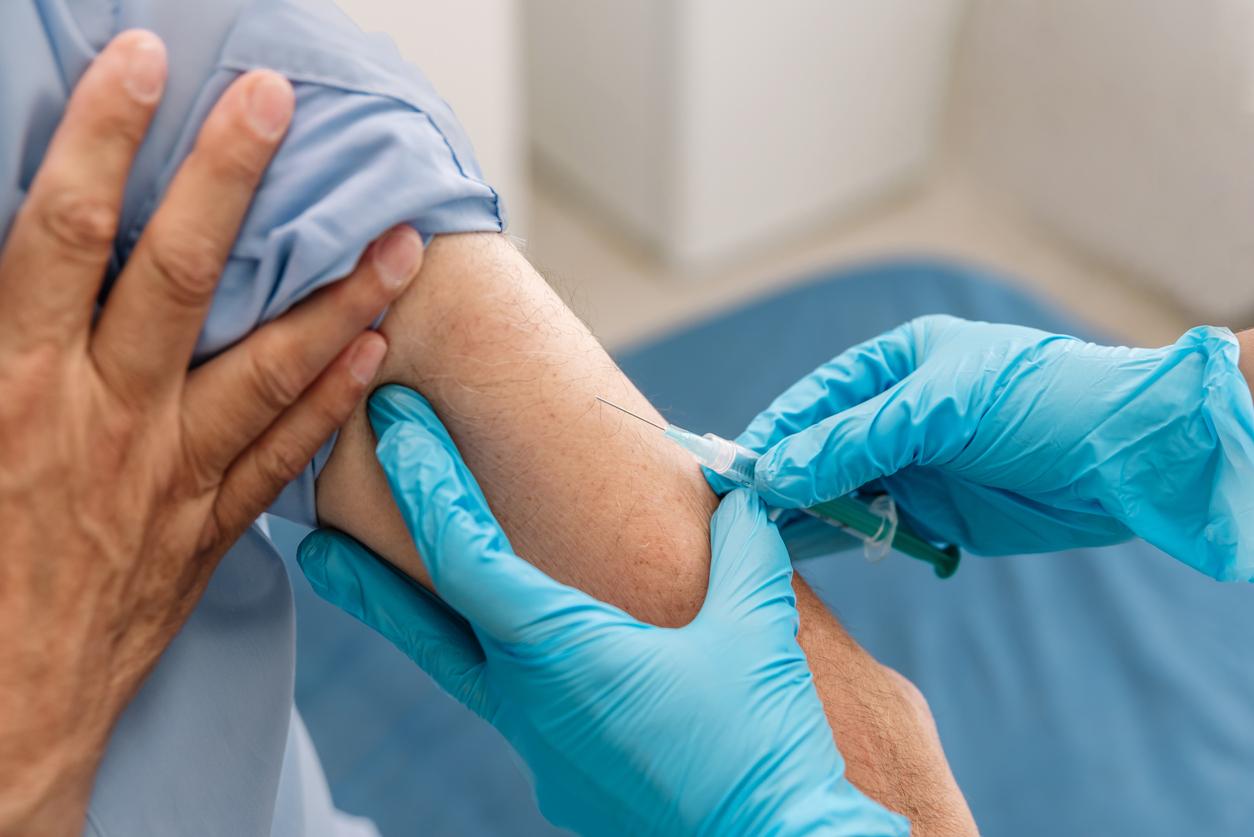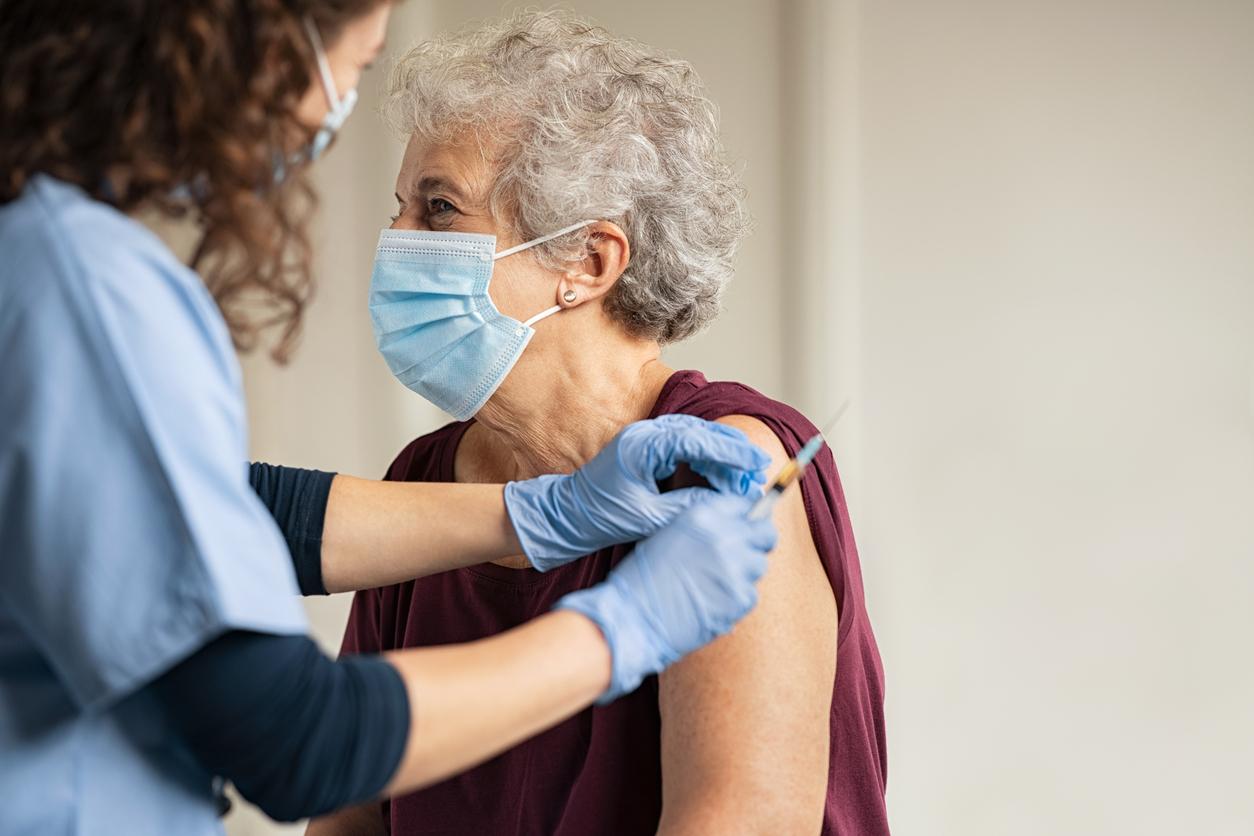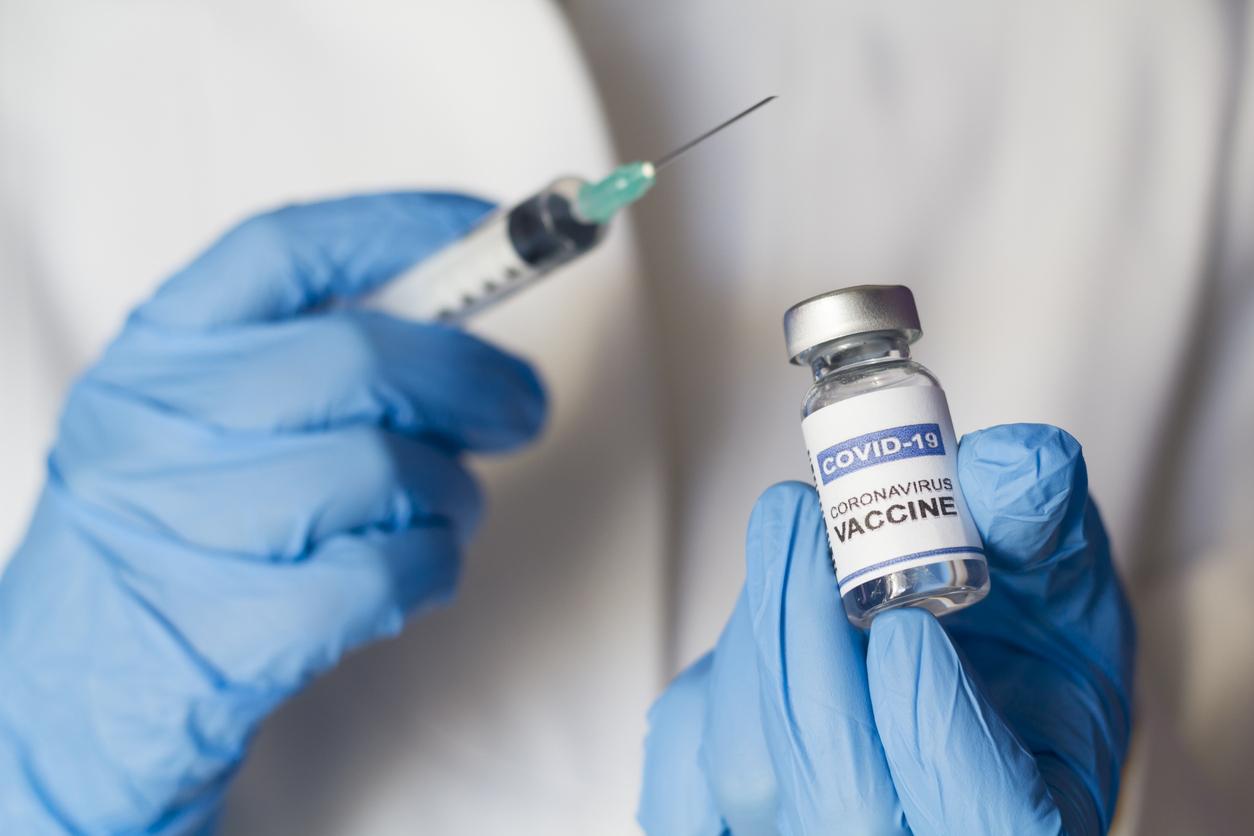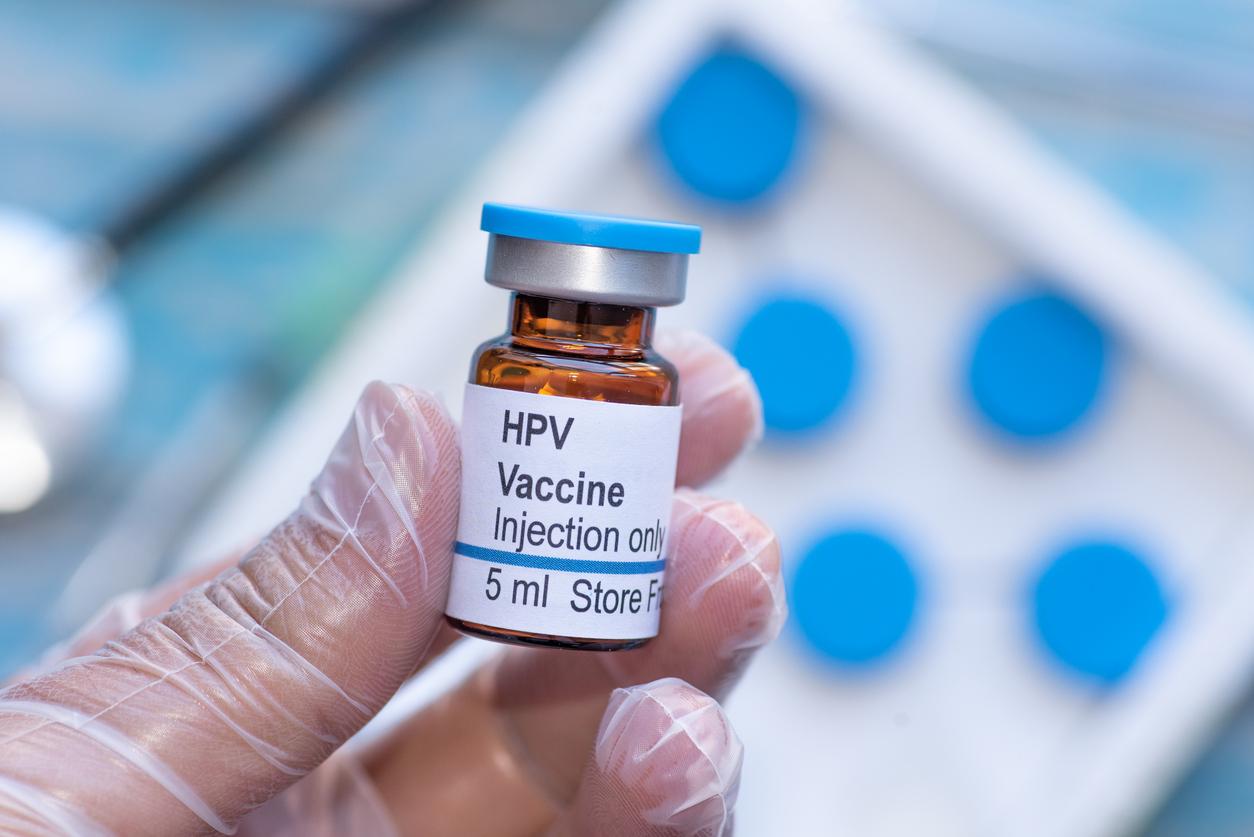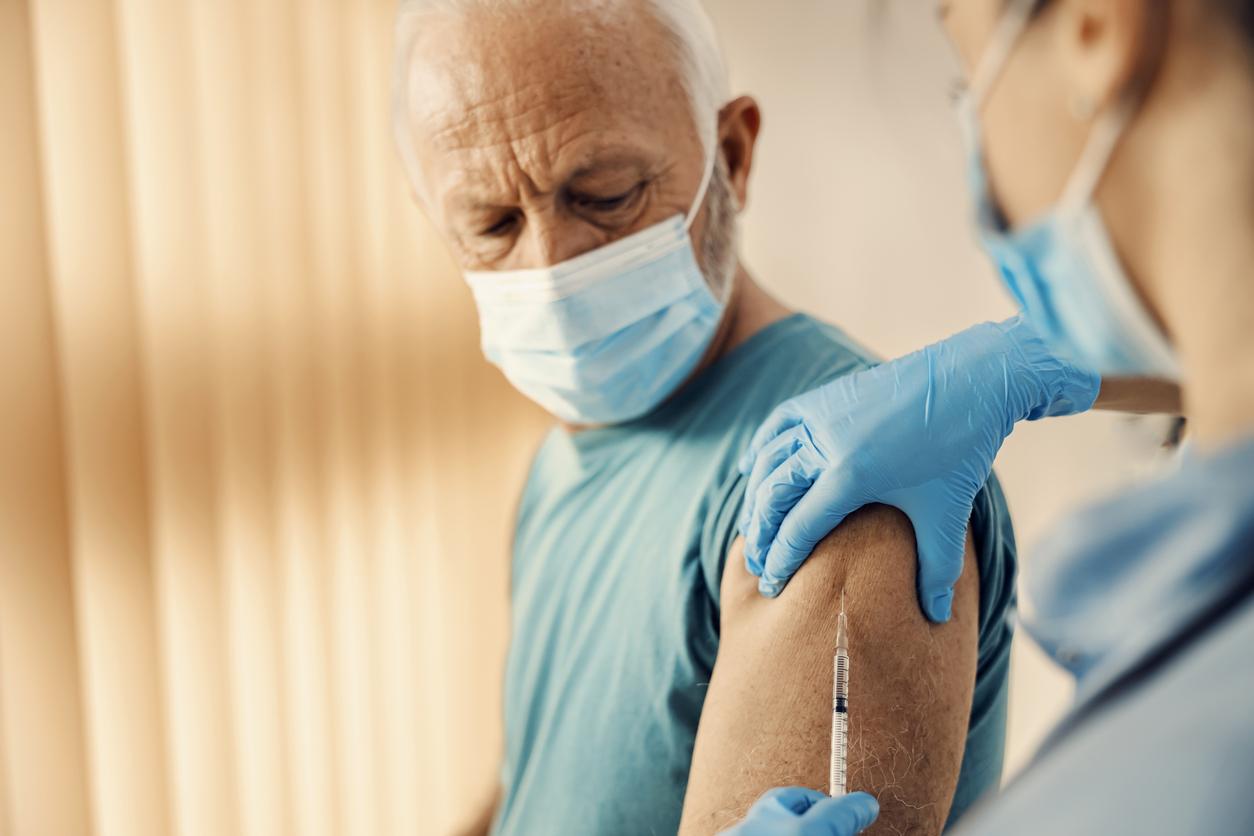The American company is launching the first phase of a clinical trial on Thursday to test a vaccine using messenger RNA technology, the same as for that developed against Covid-19.
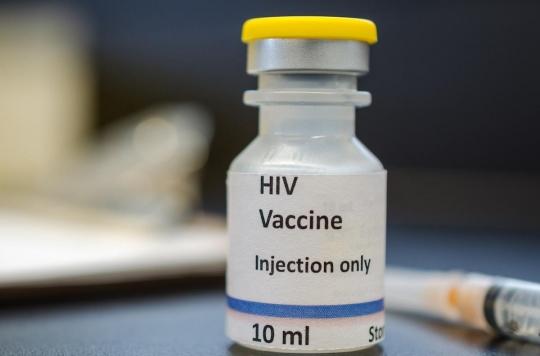
- The vaccine candidate has already passed the first safety tests so that it can be used on humans in clinical trials.
- This phase is scheduled to last two years, until April 2023, and will cover 56 HIV-negative people aged 18 to 50.
Messenger RNA technology, used in Covid vaccines from Pfizer and Moderna, may soon see its application extend to other diseases. Studied in the fight against cancer, it could also be used against HIV. The American company Moderna is working in this direction and announced on Thursday to launch the first phase of a clinical trial to test a vaccine against this disease which kills around a million people each year.
Results expected in April 2023
Moderna has developed two HIV vaccine candidates, dubbed mRNA-1644 and mRNA-1644v2-Core. They have both already passed the first safety tests so that they can be used on humans in clinical trials. The purpose of this first phase of testing is to assess the safety of the vaccine, i.e. that it does not trigger dangerous side effects, and that it triggers an effective immune response with the production of long-lasting protective antibodies.
This phase is scheduled to last two years, until April 2023, and will involve 56 HIV-negative people aged 18 to 50, informs the American site. ClinicalTrials which lists the trials in progress. If the results prove conclusive, phases 2 and 3 can be initiated. These will aim to observe the effect of the vaccine candidate on a larger panel of people.
A longer period than for anti-Covid vaccines
The difference in the duration of the trials for this vaccine compared to that against Covid-19 is explained in particular by the fact that the HIV virus is more difficult to target than that of the coronavirus which is relatively known and understood by scientists. Its ability to go dormant in the infected cell and reactivate at any time is one of the sticking points. The massive and rapid funding of research for anti-Covid vaccines has also made it possible to gain in efficiency.
What is messenger RNA?
Messenger RNA, mRNA or message ribonucleic acid, refers to the copy made of a piece of DNA of one or more genes. As Inserm describes it, our cells need protein to function. The blueprints for making these proteins – our genes – are “kept well protected inside the cell nucleus”. However, the factories that synthesize proteins – the ribosomes – are located outside this nucleus. “Therefore, the manufacture of proteins is not carried out from the original plans, but based on their ‘duplicate’: the messenger RNAs“, continues Inserm. mRNAs are therefore molecules responsible for transmitting the information coded in our genome, to allow the synthesis of the proteins necessary for the functioning of our cells. “When a cell needs a protein, the blueprint for making that protein is ‘photocopied’. The copy thus generated – a messenger RNA – is then exported out of the nucleus and joins the ribosomes where it allows the synthesis of the requested protein. Very unstable and fragile, this copy is then quickly destroyed.”
By observing this system, researchers had the idea of using these messenger RNAs to develop vaccines, usually based on the administration of an attenuated or inactivated infectious agent. “The objective is to trigger an immune response directed against the pathogen, associated with the production of memory cells that will protect us in the event of subsequent infection. With messenger RNA vaccines, the idea is to let our cells make the component against which our body will learn to defend itself.”, deciphers Inserm. Thus, the organism is injected with a messenger RNA which corresponds to the production plan of a protein of the targeted virus against which the organism will train to fight. “The advantage of this approach is that RNAs are much simpler and faster to produce than the components of ‘classic’ vaccines. Its drawback: the fragility of these small molecules of ribonucleic acid means that vaccine preparations must be kept at an extremely low temperature.”, concludes the Institute.
.










